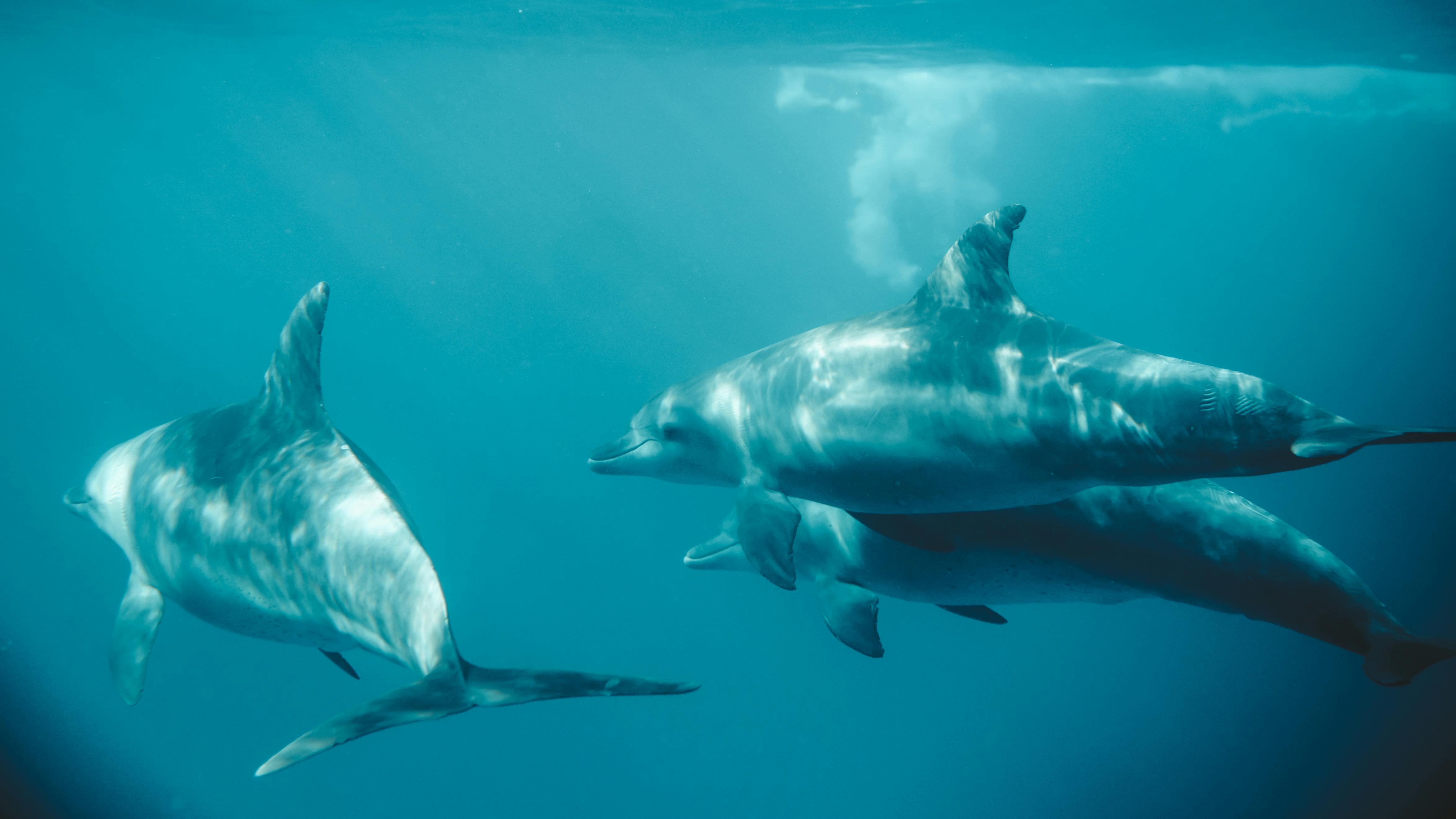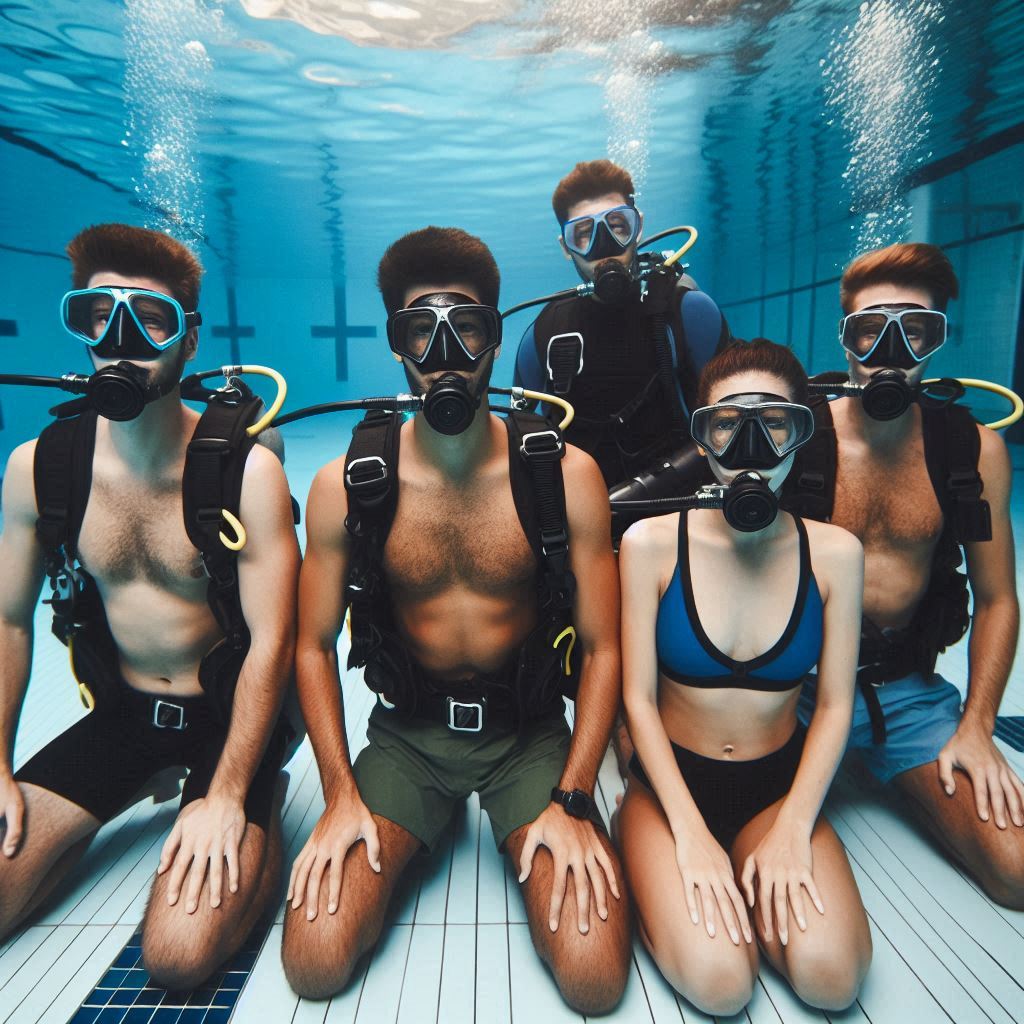Diving should never be rushed. Whether you’re learning to dive for the first time or building on existing skills, the way you’re trained shapes everything that follows — your safety, confidence, and long-term enjoyment of the underwater world.
Instead, our approach is prioritizing quality over quantity and understanding over memorization. We also make use of technology to make 1:1 time more meaningful.
What “the Right Way” Means#
Comprehensive, not compressed
Courses are delivered at a sustainable pace, with time to practice and reflect. We never cut corners to fit a rigid schedule.
Mastery before progression
You only move forward when you’re truly ready — not just when the syllabus says so. This ensures you build lasting competence and confidence.
Real-world preparedness
Training emphasizes situational awareness, good decision-making, and diving as part of a team — not just ticking off skills.
Simple example here. Most of your diving is probably going to happen off a boat. In that case, why would we only dive from the shore in your training? All of our core courses include at the very least one boat day.
Open, honest feedback
You’ll get coaching and feedback throughout the course. We’d love for you to do the same.
Not Just a Certification#
Many dive programs focus on passing students through the system as fast as possible. That’s not how we work. Whether you’re training for recreational open water or technical, you’ll receive the same level of attention and depth.
You’ll leave not just with a certification, but with the confidence and clarity to actually use it — safely and effectively.
Note on certification: certifications not guaranteed. We do our absolute best to support you on your path to certification, but we do not cut corners or turn a blind eye. Like SDI/TDI, our criteria for certifying students is simple: whether we would be comfortable having a loved one dive with the student.
A Better Learning Environment#
Courses are taught one-to-one settings or small groups (of your choosing), with space for questions, mistakes, and repeat practice. We don’t teach to the minimum; we teach to the standard you’ll actually need, while complying with all agency standards.
If you’ve been through fast-track training before and felt unsure or underprepared, this is your chance to build a stronger foundation.
Ever seen a dolphin kneeling?#

Here’s an example of what we’re talking about. I believe we can all look to dolphins (or fish) as an example of how a diver should look like. They’re agile, in perfect tune with their environment and they have fun!
Now if that’s what we’re going for, then why on earth do 90% of all introductory diving courses start like this?

At Blue Pulse, the first breaths you take underwater will be in the same position you’ll be in for the rest of your diving career. Neutrally buoyant, in horizontal trim.
Does this sound like a pet peeve? Oh it is. Take a look at this post for more on kneeling while diving.
Start With a Conversation#
Every diver is different. Let’s talk about where you are and what you need. From there, we’ll build the right training path — together.
Get in touch to learn more.